Suspension

If you’re wheeling a Jeep Wrangler JL, you know the factory axles are decent for the daily grind—but get rowdy with bigger tires or gnarly trails, and they’ll cry uncle faster than you can say “diff fluid leak.” Enter the Artec Industries APEX Truss, a killer upgrade for your front and rear axles that doesn’t just add strength—it revolutionizes the game.

Picture this: cruising down the highway, feeling every bump and dip in the road, but instead of discomfort, you’re met with smooth, controlled handling. That’s exactly what Ridetech’s suspension systems offer – the perfect blend of performance and comfort.

Upgrading your Jeep for better off-road adventures sounds awesome, but sometimes it can cause unexpected problems. For example, when you install a Skyjacker Rock Ready-Double Flex Suspension Kit, you might notice your Jeep vibrating more than usual. That’s because the lift can mess with how the transfer case and rear axle line up. Luckily, Skyjacker has a solution called the Slip Yoke Eliminator (SYE) kit. It not only stops the vibrations but also makes your Jeep’s drive shaft stronger. In this guide, we’ll walk you through installing the NP 231 Short Shaft “Fixed Yoke” Kit. We’ll cover everything from the tools you need to important things to think about before you start. So, if you’re eager to boost your Jeep’s performance, keep reading to learn how Skyjacker can help.
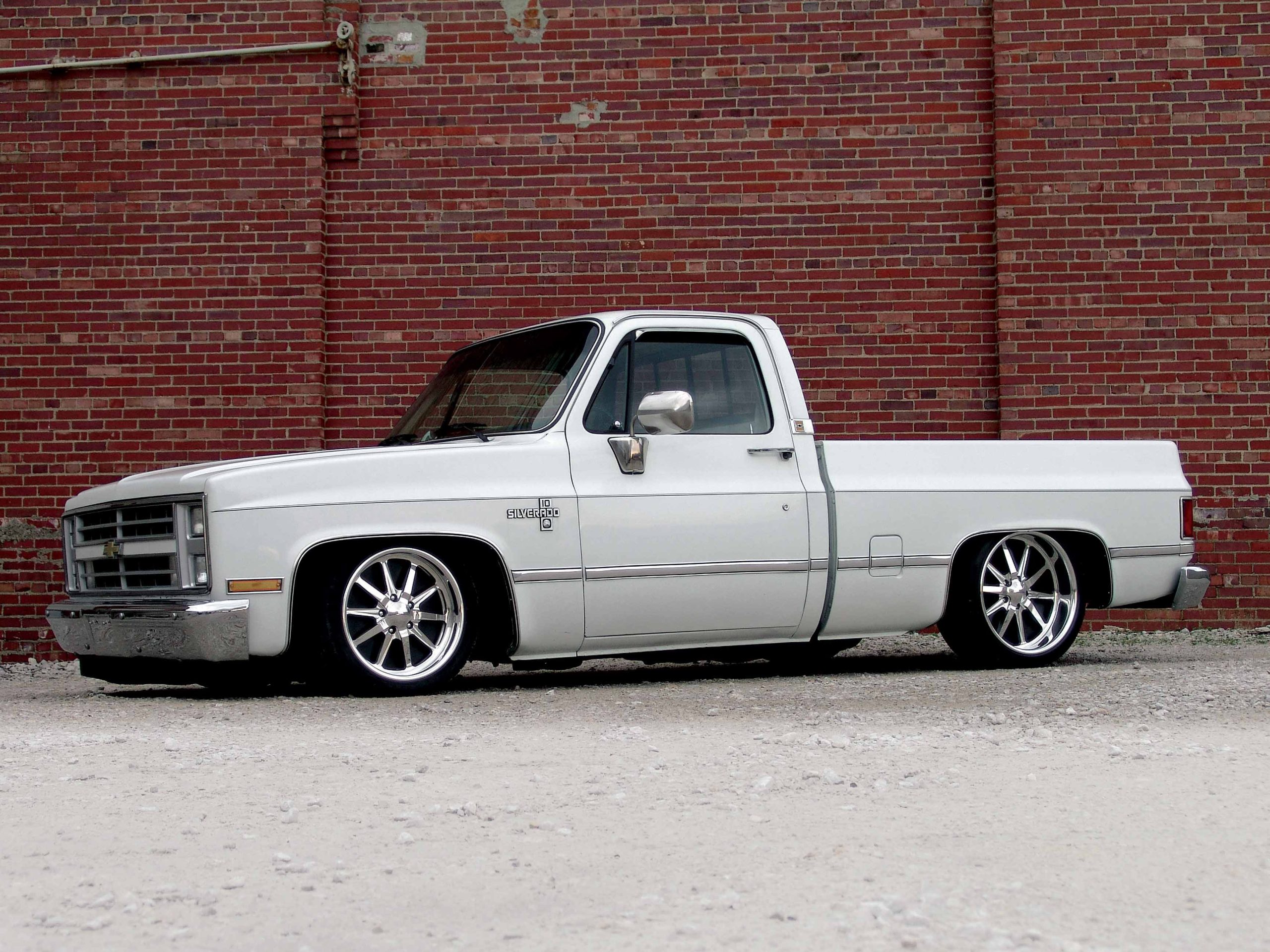
Lowering a truck usually involved cutting coils and shaving bump stops. Out back, the rear end was treated to lowering blocks, a few pulled leaf springs or heated coil springs. Over the years, manufacturers began to address these demands, as lowering coils, spring leaf blocks, dropped spindles and flip kits were offered. Times changed with the introduction of airbags, as owners were able to slam their pickups with full ride height adjustability. Air Ride Technologies (ART) is one of those companies offering quality suspension solutions for truck owners, with kits that fit specific applications.
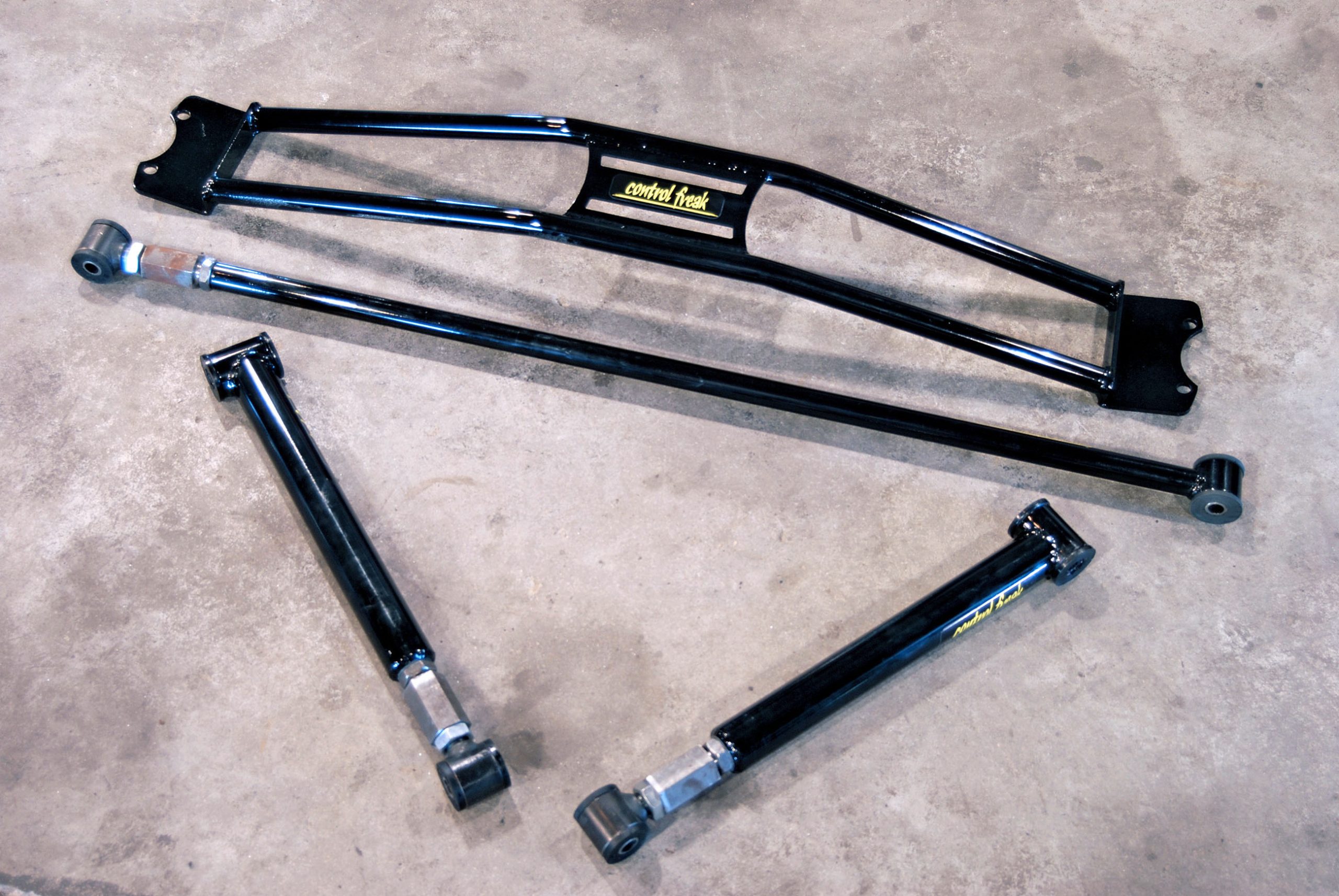
Improving your S197 Mustang doesn’t have to be an arduous affair. You’re supposed to enjoy working on your car, RATHER than dreading getting off work because you “have” to wrench on the Ford. With that attitude in mind, we recently spoke with Al Kamhi, of Control Freak suspensions, to get his advice on what enthusiasts could do to further the concept of upgrading a Mustang in just an hour or two. But there’s a catch: the upgrade had to make a real difference in the car’s performance.
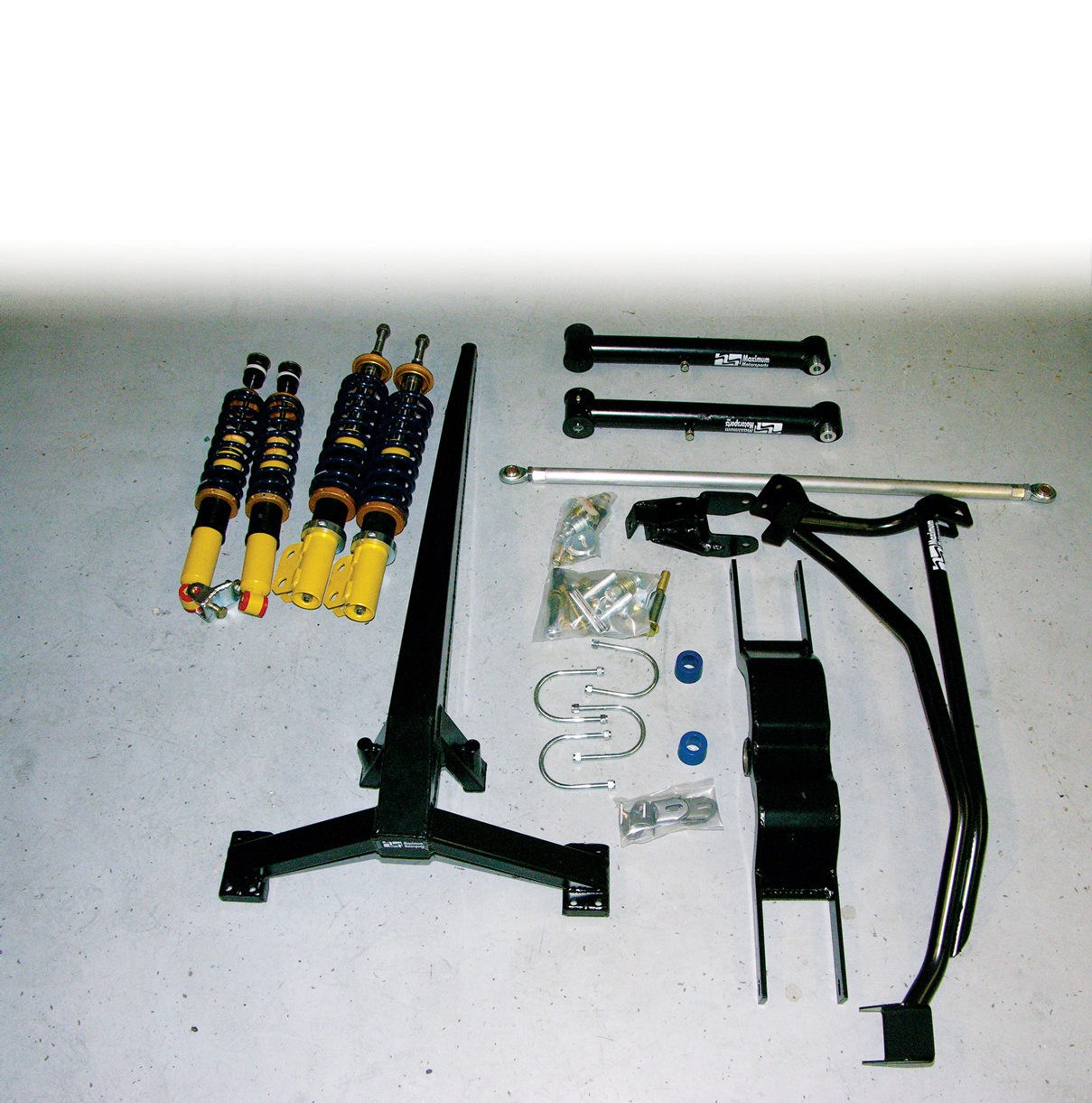
Maximum’s design replaces the upper control arms with a torque arm and a Panhard rod, each of which has only one job rather than two. The Panhard rod centers the axle from side to side, and the torque arm controls pinion angle. Assigning each of these duties to separate components allows each piece to be better at its one job than the stock upper control arms are at either job. The torque arm is essentially a three-link design, and Maximum claims that it improves traction so much that after installation you may have to alter your sway bars to prevent understeer.
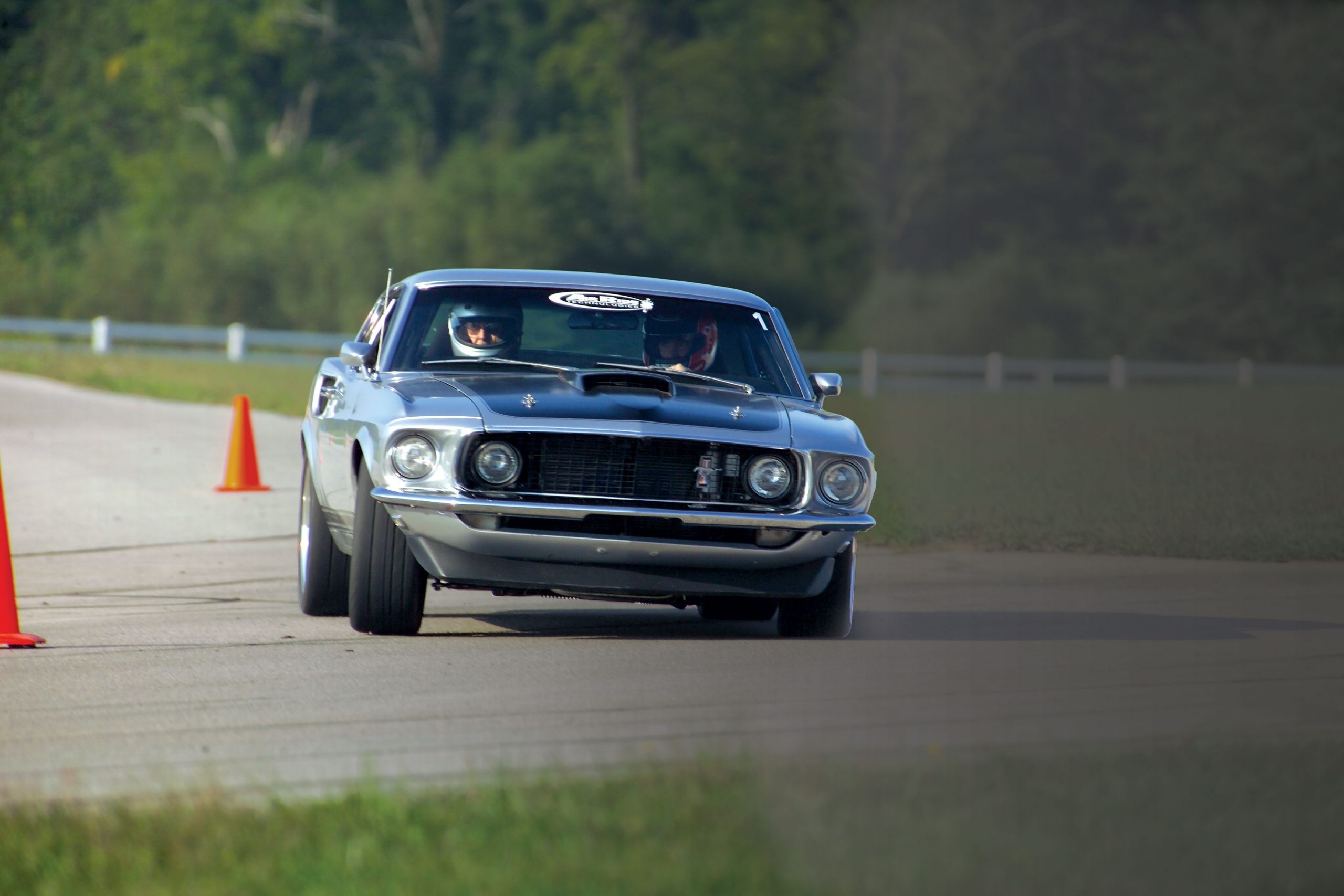
Although modifying a car to handle well can often seem like a black art, virtually every aspect of handling comes down to three things: the weight of the vehicle, the traction generated by the tires, and the distribution of weight on each particular tire at a given moment.
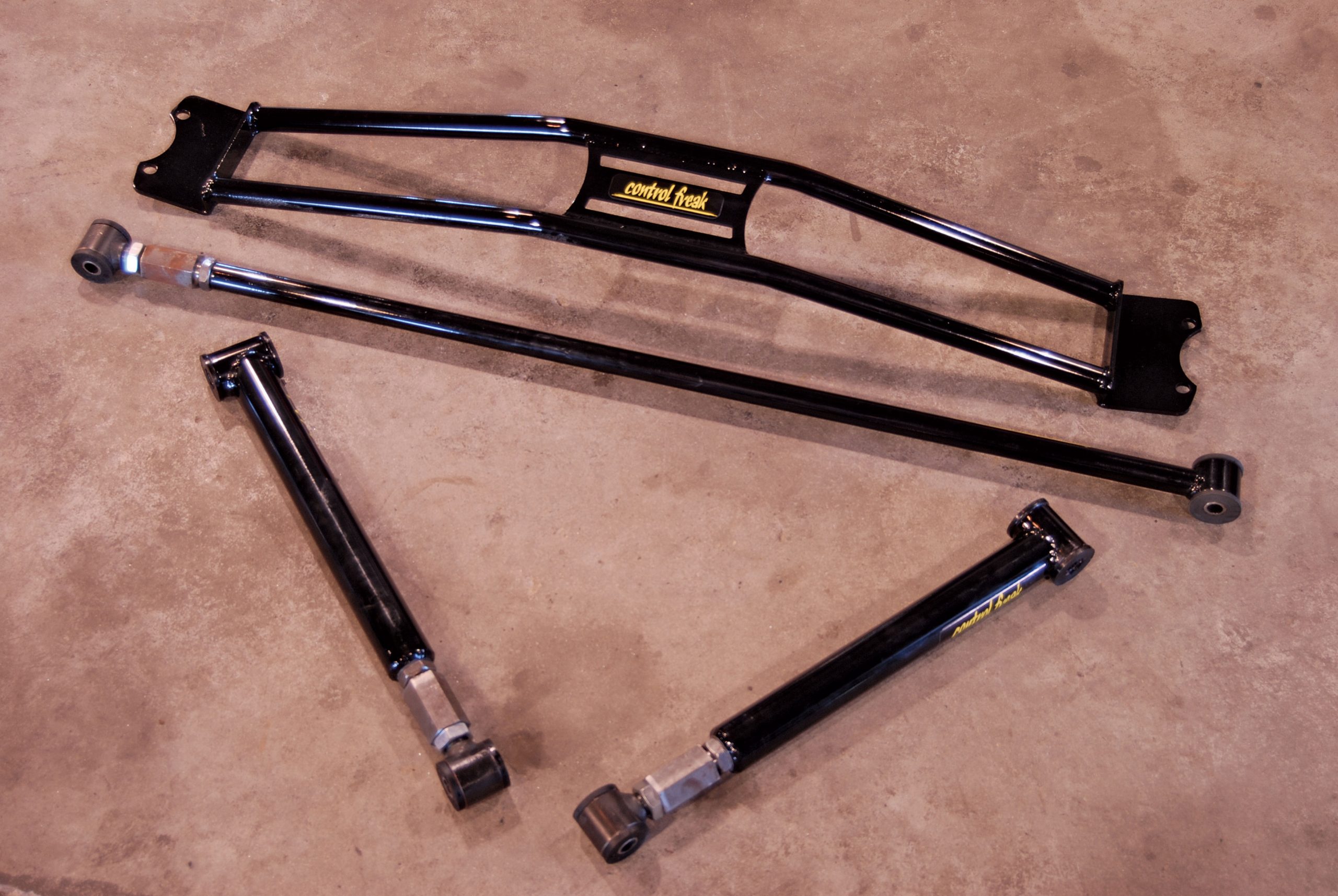
Improving your new Mustang doesn’t have to be an arduous affair. You’re supposed to enjoy working on your car, RATHER than dreading getting off work because you “have” to wrench on the Ford. With that attitude in mind, we recently spoke with Al Kamhi, of Control Freak suspensions, to get his advice on what enthusiasts could do to further the concept of upgrading a Mustang in just an hour or two. But there’s a catch: the upgrade had to make a real difference in the car’s performance.
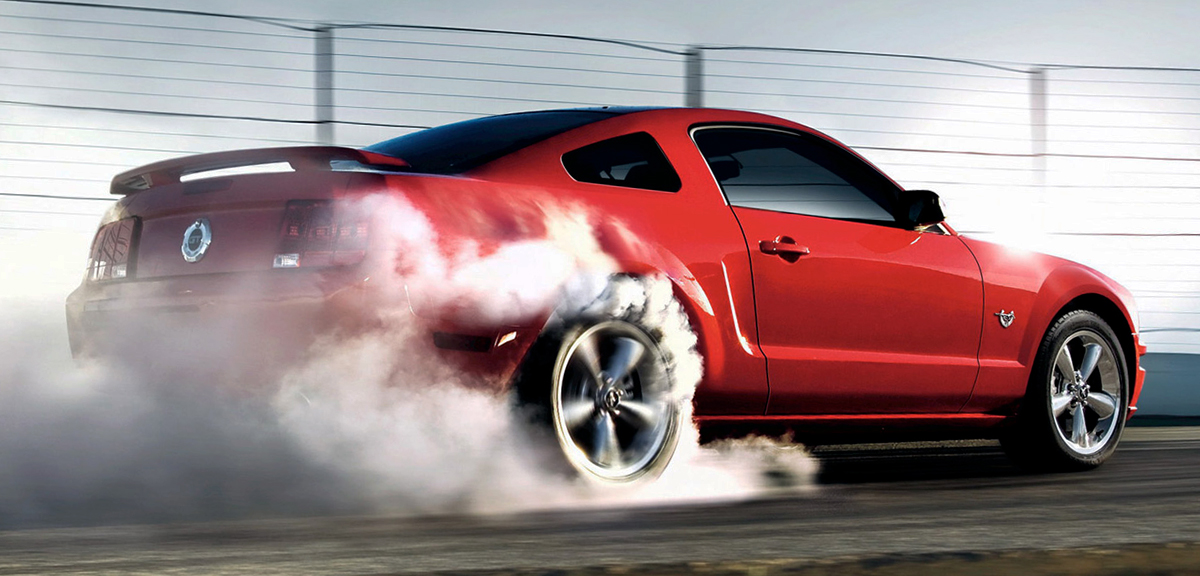
Replacing the rear suspension arms is something of a Mustang tradition, and the S197 platform is no exception. Wheel hop is proving to be something of a problem on these vehicles, and Modular Mustang Racing has the solution in the form of new lower rear control arms for the ’05 Mustang.
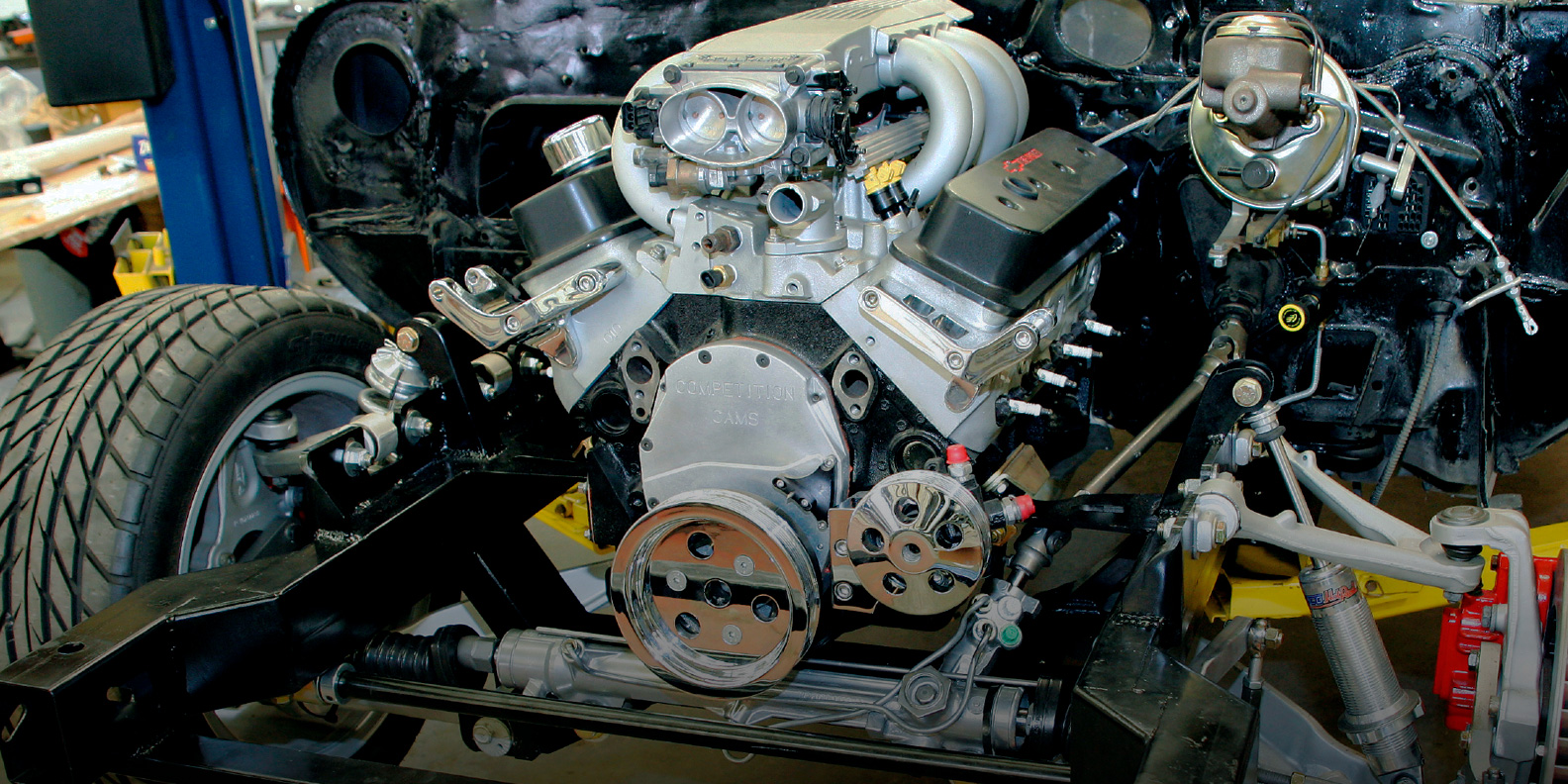
These are great days to be a muscle-car enthusiast. Performance parts are plentiful, new stampings to replace rusted sheetmetal are regularly popping up, and GM’s crate motor program makes it easier than ever to drop in a new power plant that combines incredible power with everyday drivability. Old Camaros or Novas have been passed over because they were saddled with a wimpy six. Now, however, they are the perfect candidates for a heart transplant, namely, in the form of Chevrolet’s marvel of horsepower engineering: the LS1 engine.












